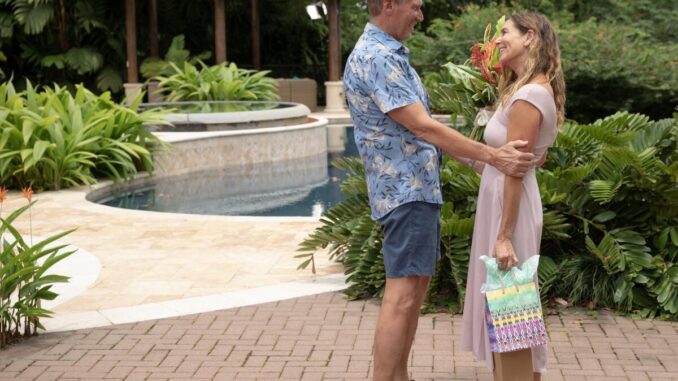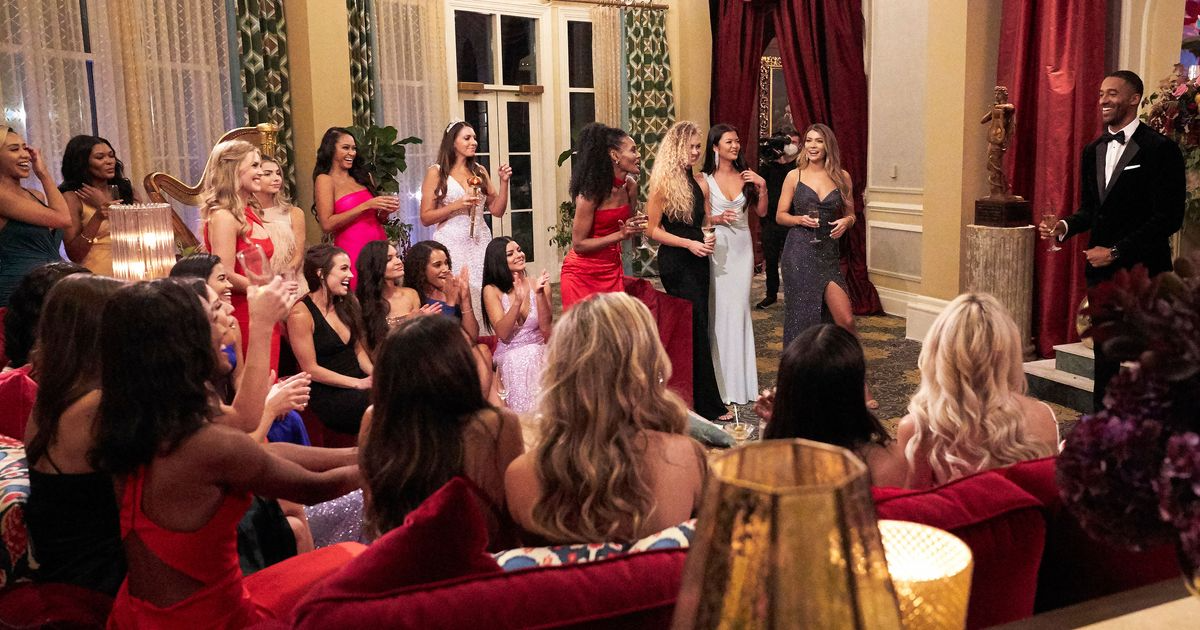
A Different Kind of Love Story, A Different Kind of Set
While The Golden Bachelor may look like a traditional dating show on the surface—roses, cocktail parties, dramatic exits—what’s happening behind the scenes is a quiet revolution. Season 2 has refined its production model in ways that cater specifically to its cast of older adults, and the results are reshaping how reality TV is made.
From filming schedules to the emotional support team, everything about this show has been thoughtfully adapted. Producers say the adjustments aren’t about compromise—they’re about respect.
Thoughtful Scheduling and Longer Conversations
One of the first things to change on set? The hours. Unlike The Bachelor or The Bachelorette, where filming sometimes runs into the early morning, The Golden Bachelor follows a more balanced schedule. Dates typically wrap by early evening, allowing contestants and crew to rest. This adjustment, according to production staff, creates a calmer, more focused atmosphere—and better TV.
Interviews and confessionals are also longer and more in-depth. “These contestants have more to say,” said one field producer. “They’ve lived through love and loss, and that emotional texture comes through when you give them time.”
Medical Teams and Mental Health Support

The show also places a strong emphasis on physical and emotional well-being. Every contestant undergoes comprehensive health screenings before filming, and on-site medical staff are available 24/7—not just for emergencies, but for routine support.
What’s more, licensed therapists and grief counselors are present during emotional episodes. Many contestants carry stories of past heartbreak, loss of spouses, or health battles. Producers have made mental health a top priority, offering debriefs after difficult scenes and ongoing support throughout the process.
Intimacy With Dignity
One of the more delicate challenges the production faced was how to handle intimacy—both physical and emotional—on camera with a cast in their 60s and 70s. The answer? With nuance and care.
Unlike other dating shows, where hot tubs and overnight dates are often played up for drama, The Golden Bachelor takes a more respectful tone. Private moments are filmed with a lighter touch, often focusing on connection and conversation rather than spectacle.
“We’re not shying away from romance,” said a story producer, “but we’re approaching it through the lens of real-life experience. It’s less about fantasy and more about honesty.”
Wardrobe, Styling, and Empowerment
The show’s styling team also plays a key role in shaping the on-screen narrative. Wardrobe choices highlight the contestants’ personalities without relying on stereotypes. Forget glittery ball gowns—this season features power blazers, cultural prints, and outfits that reflect each woman’s confidence and character.
Many contestants even work with the styling team to choose pieces that make them feel most like themselves. It’s not about dressing younger—it’s about dressing powerfully.
The Crew’s Perspective: “We’ve Never Filmed Anything Like This”
Crew members have spoken openly about how this show differs from other ABC reality programs. Cameramen, producers, and editors alike describe the environment as more respectful, more moving, and surprisingly emotional—even behind the camera.
“We cry in the control room,” said one assistant editor. “You’re watching people fall in love after decades of living real life. That’s not something we get to film very often.”
A Blueprint for More Inclusive Programming
What The Golden Bachelor is proving behind the scenes is that reality TV doesn’t have to be chaotic to be compelling. With care, creativity, and compassion, production teams can create space for stories that haven’t been told—without losing audience attention.
As the second season unfolds, it’s not just the contestants who are growing—it’s the genre itself.
